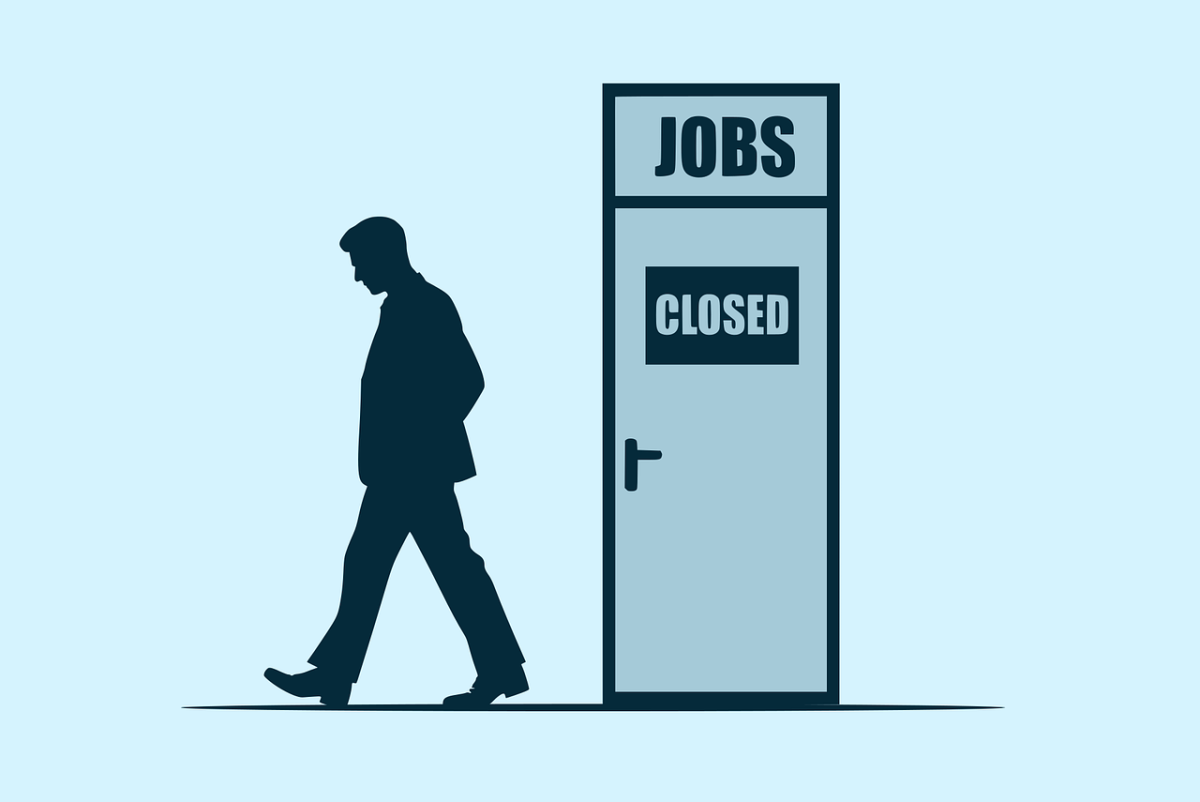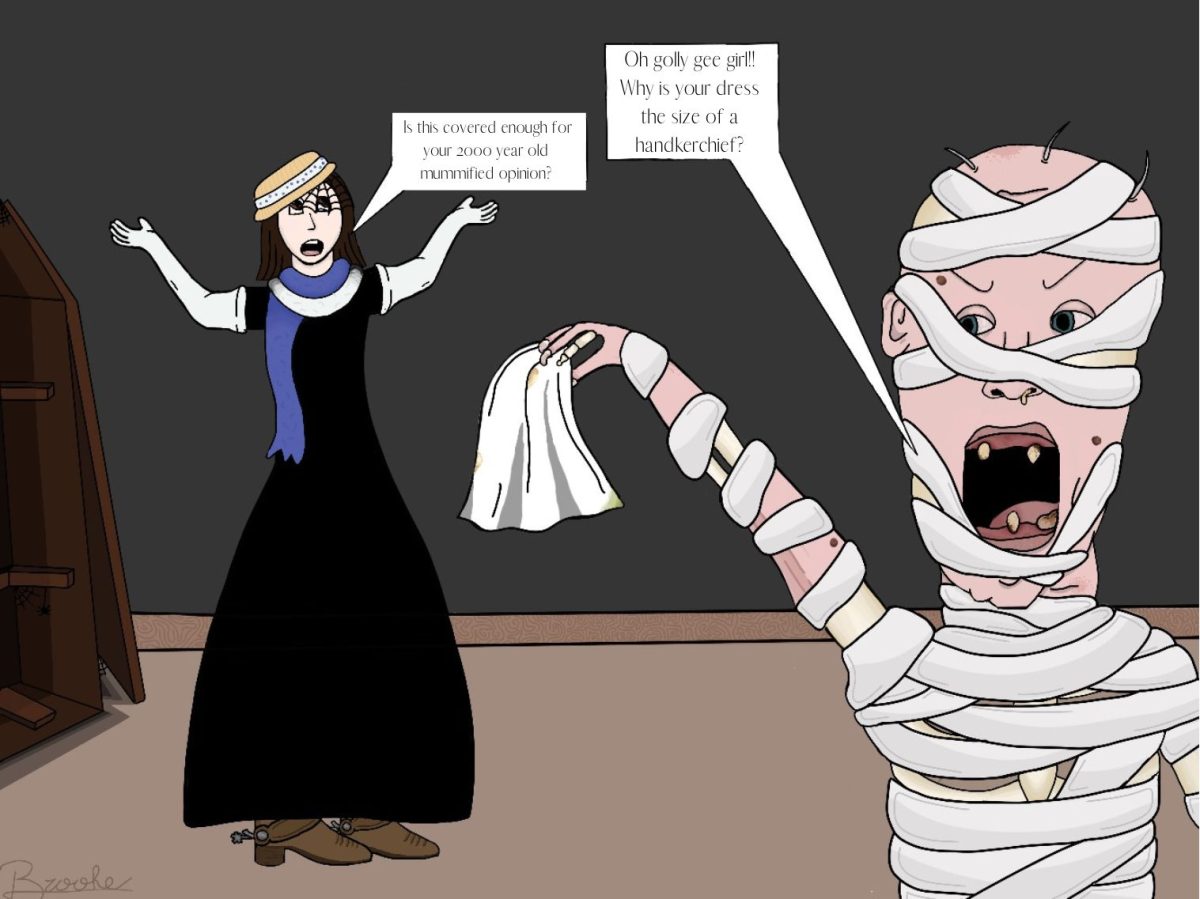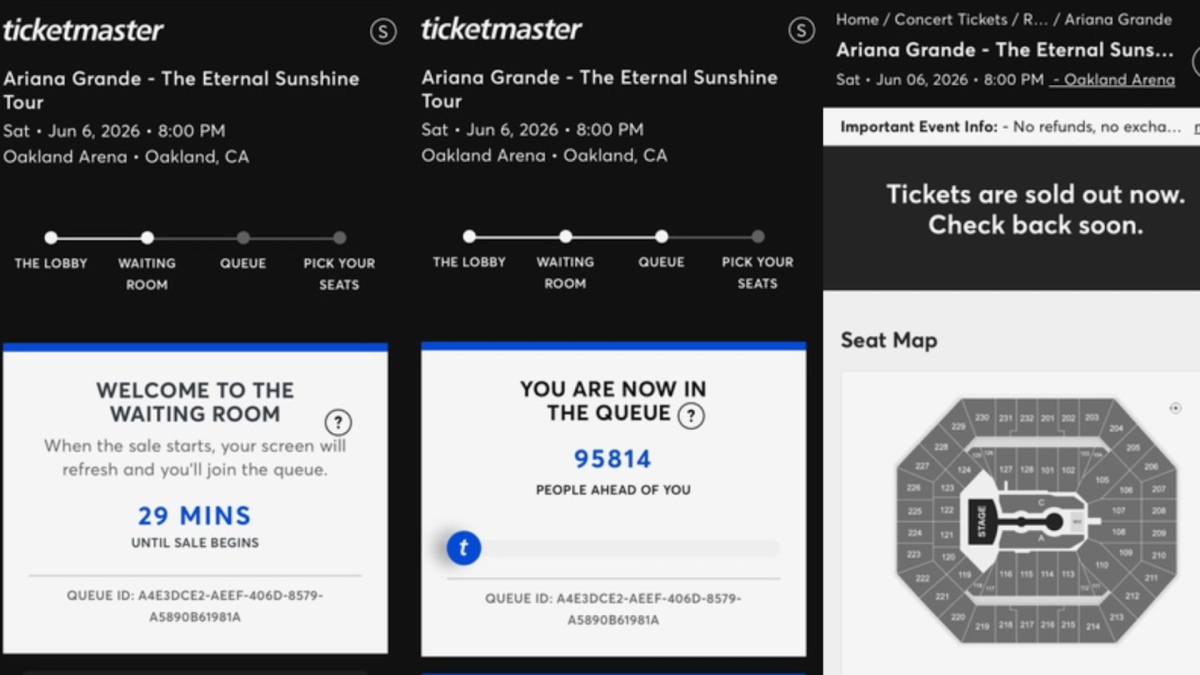Day after day, student and professional athletes compete, train and travel in the hope of one day reaching the next level or becoming the future “GOAT.” Dedicating what can be as strenuous as a full-time job simply for a chance clouds athletes’ minds with doubt. However, positional misuse, team toxicity and poorly coached systems are stripping stardom from talented players.
Moving on to the next level of play, individual athletes labeled early as ‘Generational Talent’ are becoming the last option for GMs, while underdogs resurface as stars, but it’s not their skill that causes this gross misjudgment. Many students and professional athletes are cluttered by feedback, poor coaching and the media, which add to performance slumps. Filling athletes’ heads, specifically young athletes, with uncertainty creates an environment for grueling mental health and identity issues. A National Library of Medicine study showed that about 30% of youth quit sports entirely due to negative actions by coaches. These factors contribute to tearing down the dreams of budding prospects.
Diving deeper, the largest contributor to student-athletes deciding not to pursue professional sports is toxic or lackluster coaching. Approaches like unproven drills waste valuable time, improving nothing but the coach’s ego. One consequence of establishing a harmful team culture is that it promotes carelessness and disrespect, leaving only the coach responsible. Eroding one’s self-respect for a team provides effects similar to PTSD and anxiety disorders. On top of the stress, young players need to manage their academics as well, creating even more pressure. Because of all of these factors, eventually what happens in the program translates to the field.
On the professional scale, the disruption in player performance persists as an increasing number of players are lost to obscurity. Victims of this trend, such as former second overall pick in the NFL Draft Zach Wilson and first overall pick in the NBA Draft Ben Simmons, are examples of what it’s like to fall from greatness. While Simmons is no longer playing in the NBA due to mental health issues following a tarnished relationship with the Philadelphia 76ers, Wilson is now a backup, having not even started a season for the team he was drafted by.
Although player performance directly affects their perceived talent, it’s foolish not to blame their supporting cast as well. Quarterback Baker Mayfield and Sam Darnold are perfect examples of an organization shrouding potential. After being labeled brash, arrogant and a bust, Mayfield bounced around the NFL until he found a team that respected and trusted him, now having two consecutive NFC South titles while putting up elite stats. Darnold, after being a backup for nearly three seasons, found himself starting due to injury. Under Coach of the Year, Kevin O’Connell, Darnold was able to win Most Improved Player, make his first Pro Bowl and finish the season with a 14-3 record.
The stories of these players emphasize the importance of a player’s situation and how it directly impacts their performance and statistics. While Simmons and Wilson fell victims to the team that drafted them, Darnold and Mayfield were able to find a system that benefits them, now having successful careers.
While sacrifice is necessary, student and professional athletes should not give up their future due to a bad coach or environment. The next Tom Brady or Wayne Gretzky might end up at a desk job simply because of the people and environment around them. To prevent this, coaches and organizations must prioritize player well-being just as much as performance.

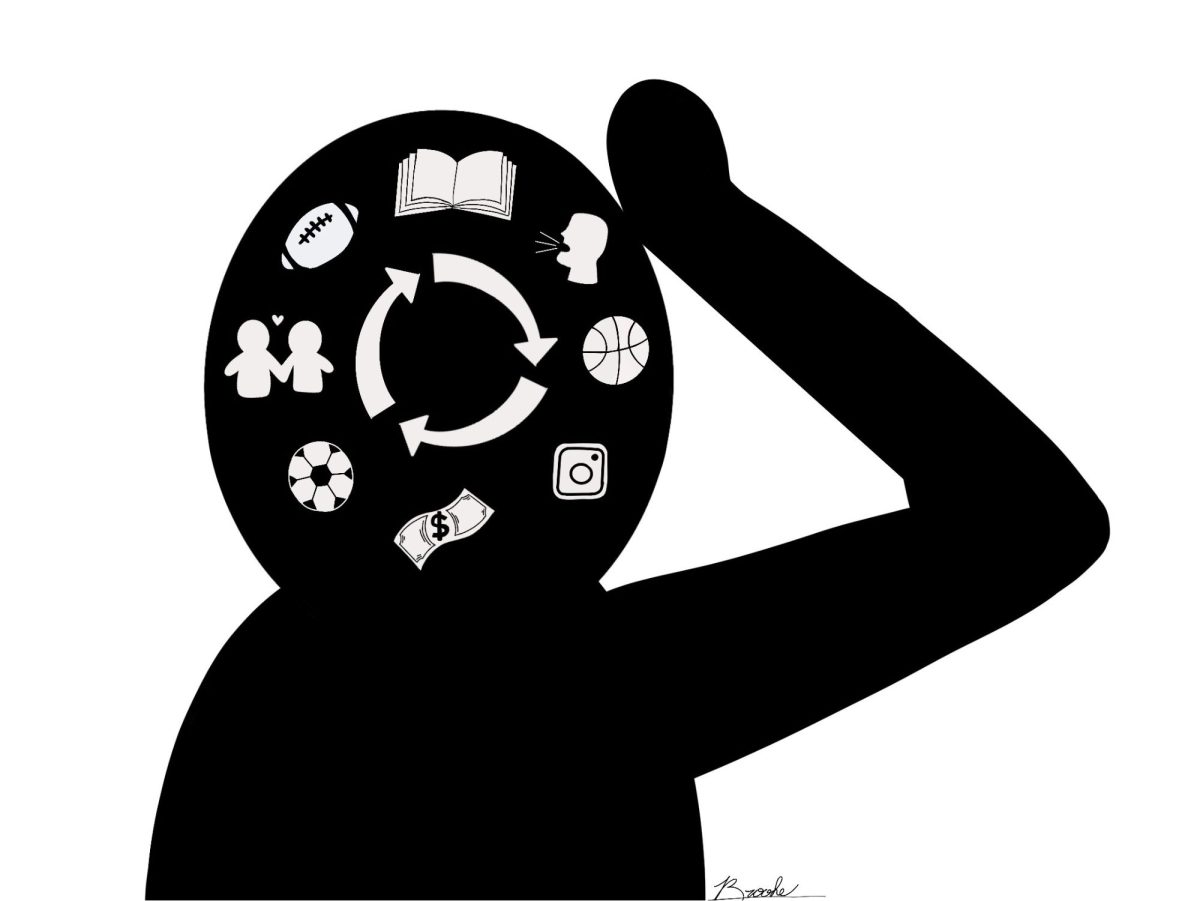
![Displaying a QR code for students to scan, the flyer allows students to sign up and learn about their desired colleges as they visit throughout the school year. Many schools have had additional presentations for students to learn more about what they offer. “For me, I’m interested in criminal justice,” junior Zion Jefferson said. “I know that UNLV and Nevada State University have this major. But, [the college fair] is going to be beneficial, so I can see what other schools offer as well.”](https://southwestshadow.com/wp-content/uploads/2025/10/IMG_2721-1200x900.jpg)

![Fast food has not stayed the same principle of “sit down, order, and get food,” but has turned into a process with multiple layers and complexity. This is largely due to the integration of automation in every aspect of dining. “I'm not that knowledgeable on it, but I've seen videos on TikTok, I'm not really concerned—it doesn’t seem that smart,” senior Dallas Evertt said. “When [some people are just ordering] 18,000 water cups, it sounds really dumb. There was no way [the AI] was gonna put down 18,000 water cups—and that just shows how it’s not going to take anybody’s job soon.”](https://southwestshadow.com/wp-content/uploads/2025/10/Dominante-Image-1200x675.png)
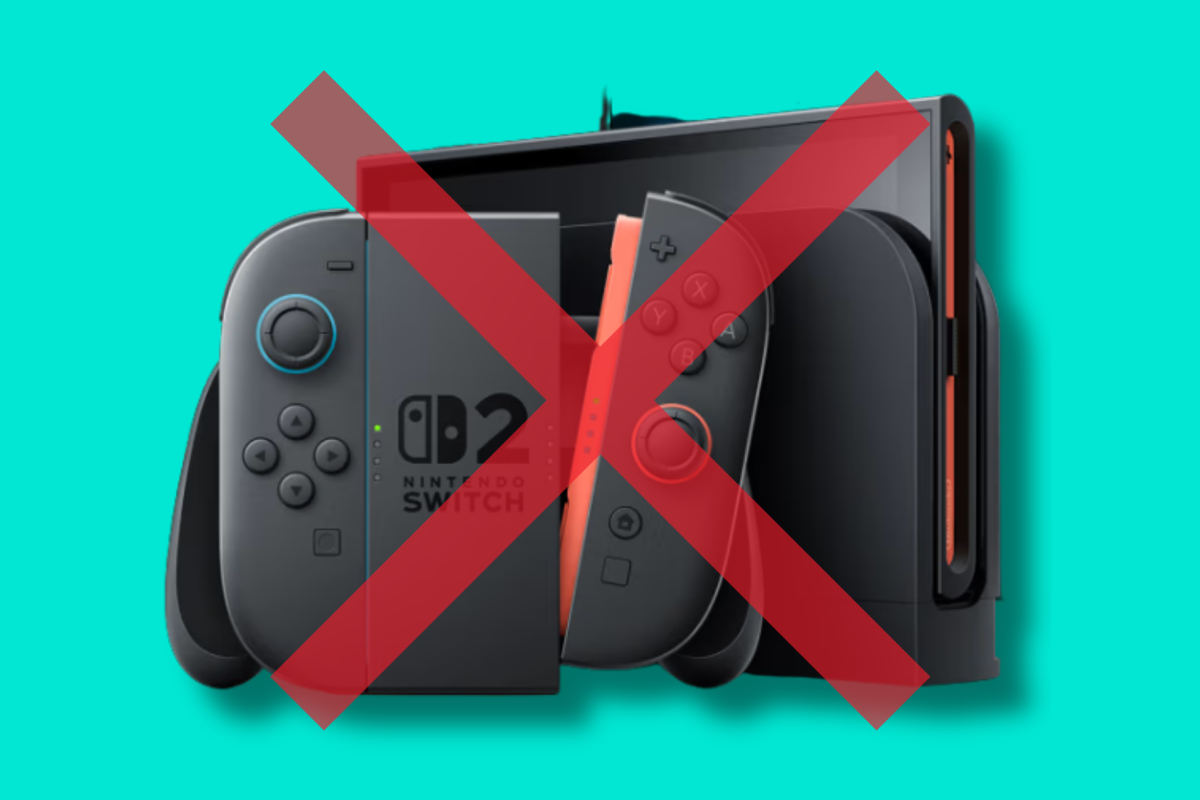
![Working in the Student Success Office, Attendance Secretary Lordis Depiazza inputs a student’s absence excuse note. Students are required to bring an excuse note to the attendance office within three days of any absence. “Reminding students that being in school is important because it reflects towards your grades and being able to do any activities with the school,” Depiazza said. “[It] seems to get the students' attention about wanting to be in school.”](https://southwestshadow.com/wp-content/uploads/2025/10/IMG_8313-1200x800.jpg)

